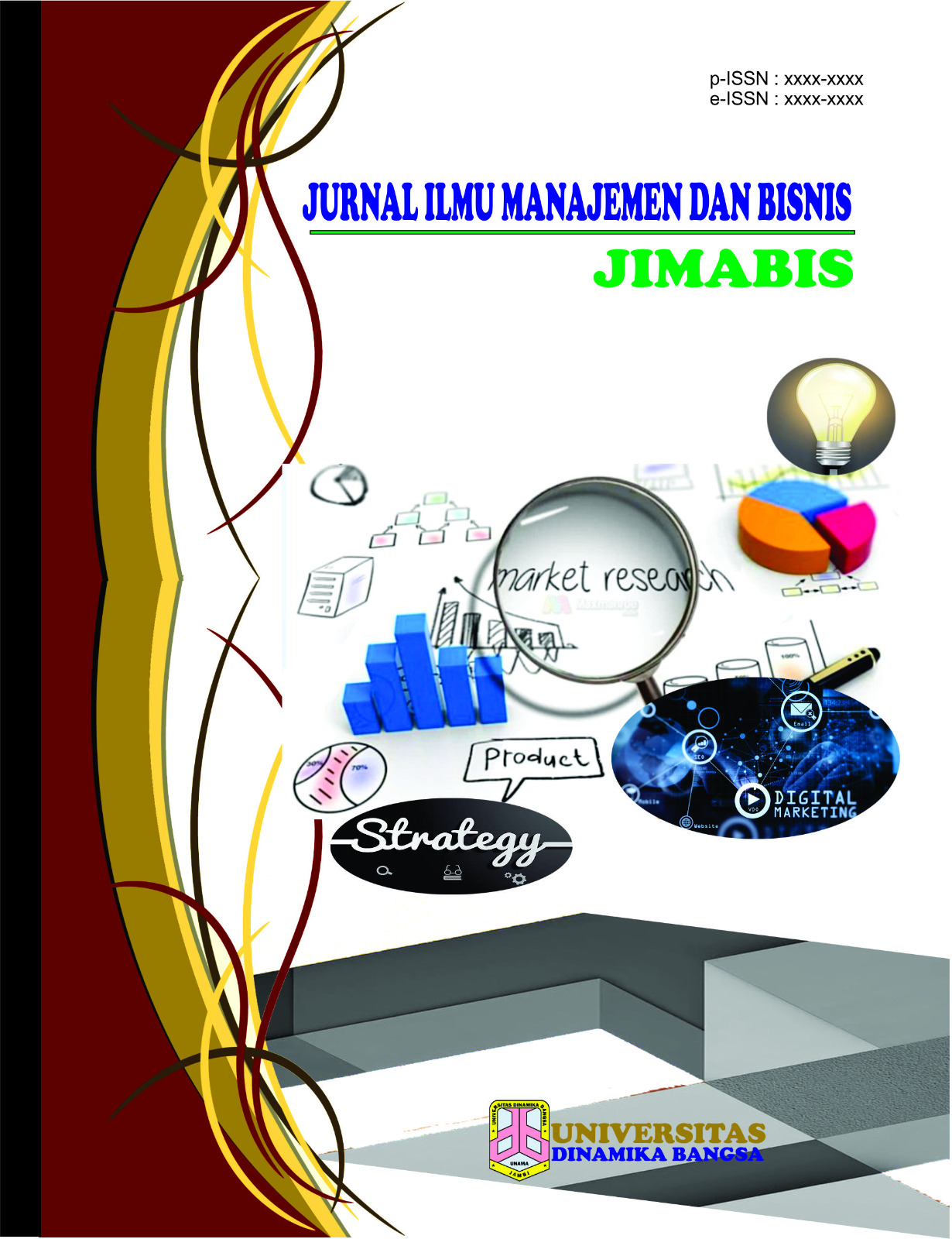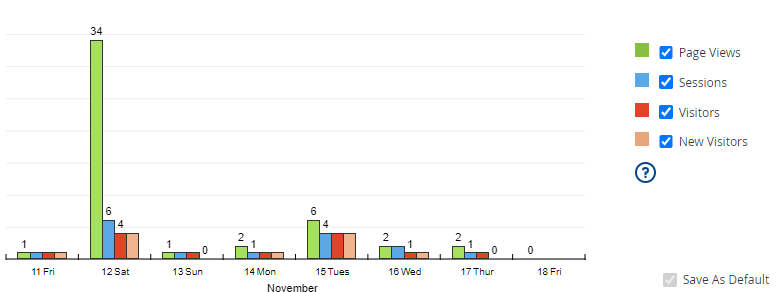Deteksi Bahasa Isyarat Bisindo Menggunakan Metode Machine Learning
DOI:
https://doi.org/10.33998/processor.2023.18.2.1380Abstract
This study aims to develop a machine learning-based application capable of detecting hand gestures and patterns in Indonesian Sign Language (BISINDO). Sign language plays a crucial role in non-verbal communication, particularly for individuals with speech impairments like the deaf. However, the challenge of comprehending sign language often inhibits interactions between the deaf and others. In an effort to address this barrier, the research leverages machine learning techniques with a focus on the Convolutional Neural Network (CNN) method, utilizing a dataset annotated with hand gesture landmarks. Landmark information providing detailed positions and shapes of key points on the hand, the CNN model can learn specific features essential for classification. The resulting application aims to bridge communication between the deaf and other individuals who may not understand sign language. By harnessing this technology, a significant improvement in the accuracy of hand gesture classification in sign language is anticipated, thereby strengthening the communication and interaction capabilities of the deaf within their environment.
Downloads
References
R. Y. Choi, A. S. Coyner, J. Kalpathy-Cramer, M. F. Chiang, and J. Peter Campbell, “Introduction to machine learning, neural networks, and deep learning,” Transl Vis Sci Technol, vol. 9, no. 2, 2020, doi: 10.1167/tvst.9.2.14.
World Federation of the Deaf, “Sign Languages,” https://wfdeaf.org/our-work/sign-languages/, 2021.
Kementerian Pendidikan dan Kebudayaan dengan Lembaga Penelitian dan Pengembangan Sistem Isyarat Bahasa Indonesia, “Kamus SIBI,” Lembaga Penelitian dan Pengembangan Sistem Isyarat Bahasa Indonesia, 2023.
G. Gumelar, H. Hafiar, and P. Subekti, “KONSTRUKSI MAKNA BISINDO SEBAGAI BUDAYA TULI BAGI ANGGOTA GERKATIN,” INFORMASI, vol. 48, no. 1, p. 65, Jul. 2018, doi: 10.21831/informasi.v48i1.17727.
Python.org: https://www.python.org/, “Python,” 2023.
S. S. Girija, “TENSORFLOW: LARGE-SCALE MACHINE LEARNING ON HETEROGENEOUS DISTRIBUTED SYSTEMS.” [Online]. Available: www.tensorflow.org
A. Géron, Hands-On Machine Learning with Scikit-Learn, Keras, and TensorFlow, 2nd Edition. O’Reilly Media, Inc., 2019.
A. Muhtadi Ambarak, A. Zakki Falani, and K. Kunci Kecerdasan Tiruan, “PENGEMBANGAN APLIKASI BAHASA ISYARAT INDONESIA BERBASIS REALTIME VIDEO MENGGUNAKAN MODEL MACHINE LEARNING.”
I. Nyoman Tri Anindia Putra, K. Sepdyana Kartini, Y. Kristian Suyitno, I. Made Sugiarta, and N. Kadek Era Puspita, “Penerapan Library Tensorflow, Cvzone, dan Numpy pada Sistem Deteksi Bahasa Isyarat Secara Real Time,” 2023. [Online]. Available: https://ejournal.sidyanusa.org/index.php/jkdn
Google, “TensorFlow.js:Make your own ‘Teachable Machine’ using transfer learning with TensorFlow.js,” Apr. 01, 2022.
F. Provost and T. Fawcett, Data Science for Business: What You Need to Know about Data Mining and Data-Analytic Thinking, 1st Edition. O’Reilly Media, 2013.
F. Damatraseta, R. Novariany, and M. A. Ridhani, “Real-time BISINDO Hand Gesture Detection and Recognition with Deep Learning CNN,” Jurnal Informatika Kesatuan, vol. 1, no. 1, pp. 71–80, Jul. 2021, doi: 10.37641/jikes.v1i1.774.























